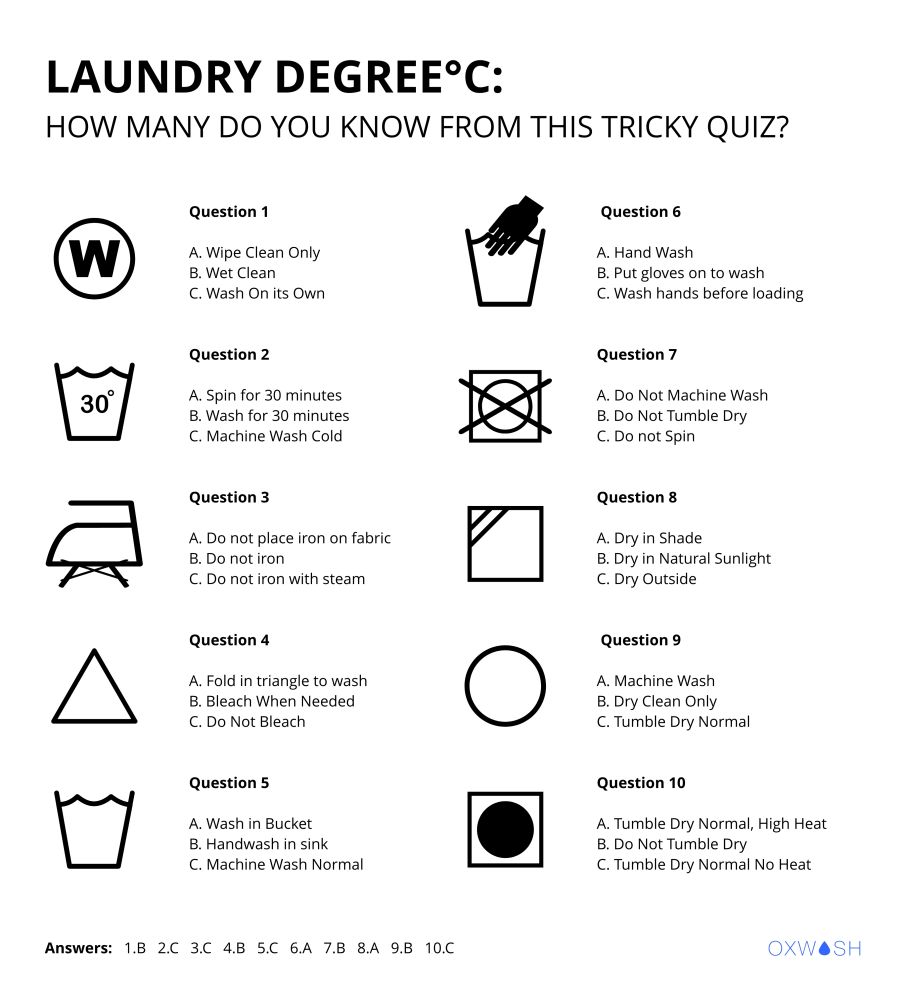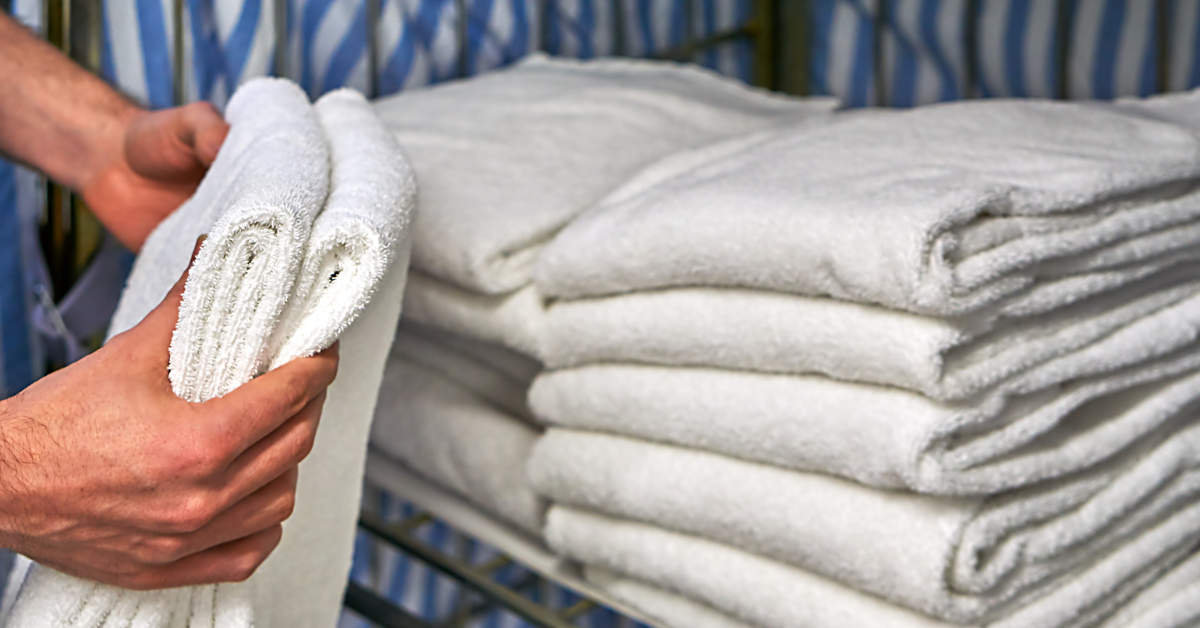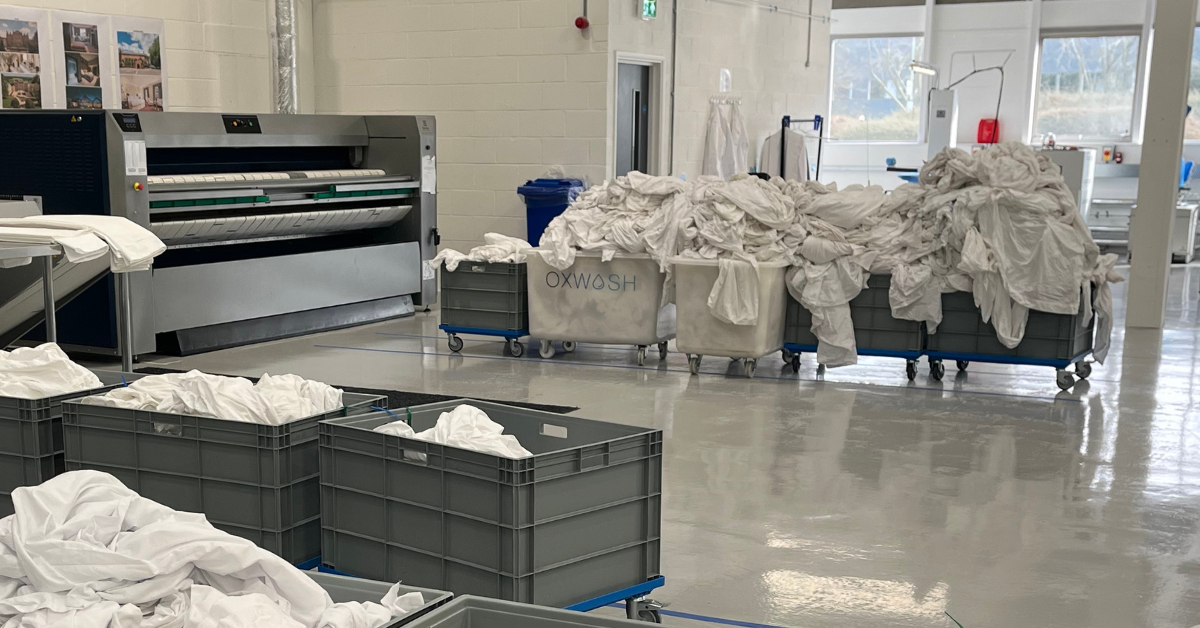Tips on Rescuing Shrunken Clothes (and How to Prevent it in the Future)


Business & Insights
You might think that once you've shrunken an item, there's no saving it. Well this might be one of the only times you are glad you're wrong because you can un-shrink your clothes! Here we have provided a simple guide on how to un-shrink your clothes depending on what material they are made from.
How to un-shrink a shirt made from silk or linen
Start by filling a large bowl with lukewarm water and add a few tablespoons of baby shampoo. Place your garment in the bowl, allow to soak for half an hour and then rinse. Next, lay the item flat on a towel and roll until damp. Unroll the clothing, lay it flat and pin down the edges using heavy objects to ensure that the material is stretched out. Leave to dry in this position. You can find out more information about how to un-shrink a shirt made from silk on Sewing Is Cool.
How to un-shrink cashmere clothes
If you have shrunk an item made from animal fibres, then it is vital that you not only resize the clothing but also reshape it. For cashmere fill a bowl with lukewarm water and add two tablespoons of vinegar. Again, place the clothing in the bowl and allow it to soak for 30 minutes. Every so often, stretch out the item whilst it is soaking in water before removing it. Try to squeeze out as much water as possible, then stuff the item with towels. By filling the clothing with towels, it can begin to stretch back into its original shape while drying. Once damp, hang the piece up to dry.
How to un-shrink jeans
First, lay your jeans flat on either the floor or a large surface. Ensure that the legs have been separated, as this will make it easier to work on sections. Fill a spray bottle with lukewarm water and begin spraying the jeans with water in sections. Once damp, use your hands to stretch out the section of the jeans to loosen the fabric. After each section has been sprayed and stretched, hang the item to air dry.
How to fix a shrunken sweater made from polyester
If you’re wondering how to fix a shrunken sweater, then it is best to first check the label to see if it is made from polyester, and if so, you can follow the process provided. Unlike their alternatives, synthetic fibres are a little more sensitive, which means you need to take extra care when attempting to un-shrink the fabric. You will need to fill a bowl with lukewarm water and add just one tablespoon of baby shampoo. Place your item in the bowl and soak for no longer than 20 minutes. Once removed, it is imperative not to wring your item to dry. Instead, begin to gently stretch the clothing straight away while still wet. Once you have stretched to your desired size and shape, lay the item flat, pin down the edges and leave until dry.
How to prevent clothes from shrinking
Although it is always handy to understand how to un-shrink clothing, it’s even more valuable to know how to prevent clothes from shrinking altogether. This way, you can ensure that all of your favourite items remain in pristine condition, regardless of how many washes they undergo. As professional wet cleaners, we’ve picked up a whole host of secrets on how to prevent shrinking. Here we let you in on our top four tips:
Always follow the labels
Did you know that Brits wash £6.8billion down the drain each year in shrunken and damaged clothing - because they don’t understand laundry care symbols.
We carried out a detailed study recently and found that the average adult annually ruins £128.99 of clothing due to a vicious cycle of confusion over the endless symbols which denote everything from washing temperature to ironing guidelines and drying methods.
More than half of us (53 per cent) are unable to identify the ‘do not tumble dry’ symbol, while one in six (15 per cent) per cent are unsure what the ‘machine wash no higher than 40℃’ graphic means.
Frighteningly, the ‘do not wash’ symbol leaves more than half the nation (58 per cent) scratching their heads, while three quarters were baffled by one of the ‘dry clean’ symbols.
The widespread confusion may explain why over the last 12 months 52,930,000 damaged, shrunk or discoloured items of clothes could have unnecessarily been sent to landfill by the nation’s households. How many do you know from this tricky quiz here?


While this may seem somewhat obvious, it is most definitely the most effective way to keep your items in their original condition. The purpose of the care label is to inform you on how to look after clothing, including washing, drying and ironing information. Clothing retailers understand that every material comes alongside specific requirements, which means that it is their duty to provide instructions to the buyer. Always be sure to take a look at the care label before attempting to wash any new items. If you’re unsure about how to decipher the care label, take a look at this article.
Wash with cold water
One of the most common causes of shrunken clothes is using high heat when washing, to prevent this, we suggest opting for a cooler temperature. Most clothes should be washed at 30 degrees, just add more detergent and spot treat any stains to still achieve a thorough clean. Although it cannot be guaranteed that washing in cold water will stop shrinking, it will help towards keeping your items in their original state.
Wet cleaning
No one knows better how to care for clothing than professionals. If you have a particularly delicate item that you do not want to risk ruining, you can send your clothes to us via post or if you’re within our local serving area we can pick it up directly from your door.
We use wet-cleaning to wash your clothes at a low temperature to prevent shrinkage from occurring in the first place. Gentle drum rotation with water showering means less felting, matting, friction and overall material damage including shrinkage. For clothes that have already shrunk we can also resize/reshape them for you to get them back to the original size.
Take care when drying
Ideally, to prevent your clothing from shrinking, you should always opt for air-drying items. Hanging clothing to dry either outside or on a drying rack will allow them to dry in their natural shape, without being put through the mechanical action of a tumble dryer.
However, if you are reading with typically rainy England it may not always convenient to air-dry clothing, especially in the winter months as it can lead to mould. If you do prefer to use a tumble dryer, then always switch to a lower heat. By using a cooler temperature, you will avoid causing heat damage to the fibres, which the biggest culprit for shrinking.
Take home messages
Through reading the instruction label, using a cooler temperature and taking just that little extra care, you can keep your favourite items in perfect condition preventing shrinkage in the first place. However, if you do fall victim to an unexpected shrinkage, then you now have this guide to help reverse it incase happens in the future. Be sure to follow the steps mentioned above, allowing plenty of time for items to dry in their stretched position before attempting to wear any shrunken clothing.
Related Articles


B Corp™ certified.


Surpassing NHS-grade disinfection.













